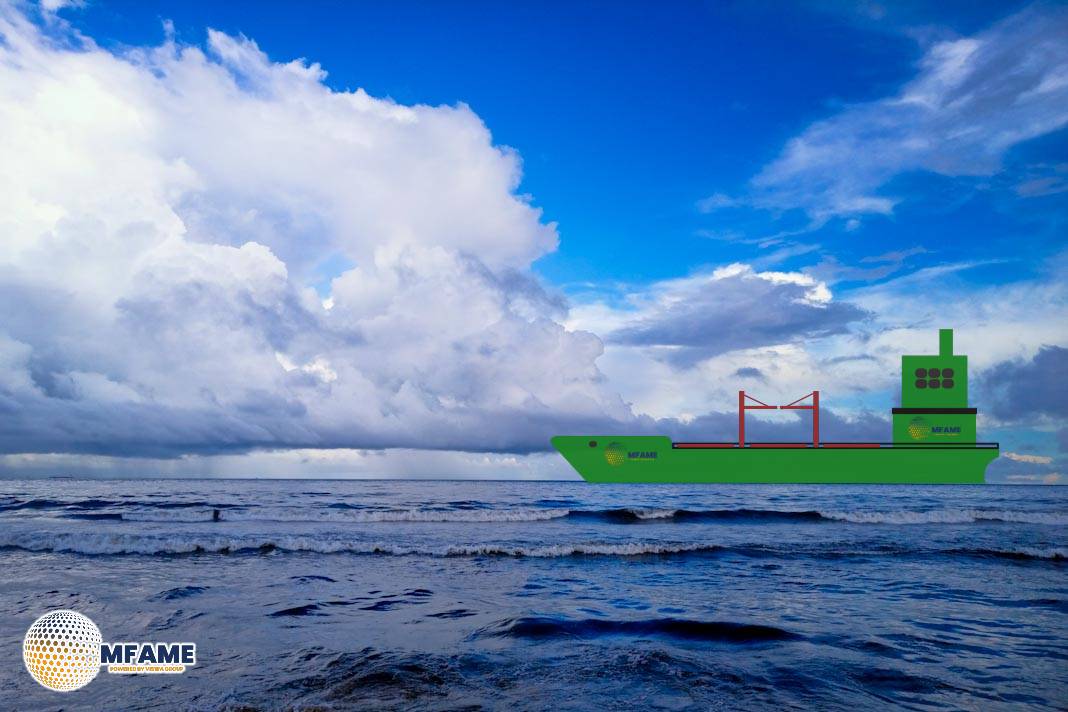 A new report by Pacific Environment, titled On Thin Ice: Why Black Carbon Demands Urgent Action, highlights the critical threat black carbon emissions pose to the Arctic. As maritime traffic increases in polar regions, so do emissions of this climate super-pollutant, accelerating the melting of ice and snow.
A new report by Pacific Environment, titled On Thin Ice: Why Black Carbon Demands Urgent Action, highlights the critical threat black carbon emissions pose to the Arctic. As maritime traffic increases in polar regions, so do emissions of this climate super-pollutant, accelerating the melting of ice and snow.
Despite growing scientific consensus and repeated discussions at the International Maritime Organization (IMO), binding action remains absent. The report calls for immediate mandatory measures, including a switch to cleaner fuels, to prevent irreversible damage to Arctic ecosystems and global climate stability.
The Arctic Under Threat: Surging Shipping and Melting Ice
Over the last decade, Arctic shipping activity has dramatically increased. Between 2013 and 2024, the number of ships entering Arctic waters rose by 37%, while the total distance traveled doubled. This boom, driven in part by retreating sea ice, has opened up new routes for fishing vessels, bulk carriers, and research ships.
However, these ships mostly burn residual fuels that release large amounts of black carbon—a pollutant with a global warming potential up to 1,500 times greater than CO₂ per unit of mass.
When black carbon settles on snow and ice, it darkens the surface, causing more solar heat absorption and accelerating melting. This reduces the Earth’s albedo effect and contributes to sea-level rise and shifts in global weather patterns, including potential disruption of major ocean currents like the Atlantic Meridional Overturning Circulation (AMOC).
A Call to Action: Cleaner Fuels and the Role of the IMO
Despite mounting evidence and voluntary initiatives, the IMO has yet to implement binding regulations to curb black carbon emissions in the Arctic. Pacific Environment urges the IMO to take decisive action at the Pollution Prevention and Response 13 (PPR13) meeting in early 2026. They recommend mandating the use of “polar fuels” — cleaner distillates that emit significantly less black carbon — in Arctic operations.
Such a regulation would provide clear direction to shipping companies and could lead to immediate climate and health benefits. Black carbon not only affects the climate but also endangers Arctic communities.
It contributes to fine particulate matter (PM2.5), which is linked to respiratory and cardiovascular diseases. For Indigenous populations dependent on sea ice for food and culture, the loss of ice threatens both their environment and way of life.
Black carbon emissions from Arctic shipping represent a preventable crisis with wide-reaching consequences. With the Arctic warming at nearly four times the global average, swift action is not just necessary—it is urgent.
The IMO has a unique opportunity to lead by example and enforce mandatory measures to cut black carbon emissions. Doing so would not only protect Arctic ecosystems and communities but also contribute to global climate resilience. The time to act is now—before the ice melts beyond recovery.
Did you subscribe to our daily Newsletter?
It’s Free Click here to Subscribe!
Source: CLEAN ARCTIC ALLIANCE
















